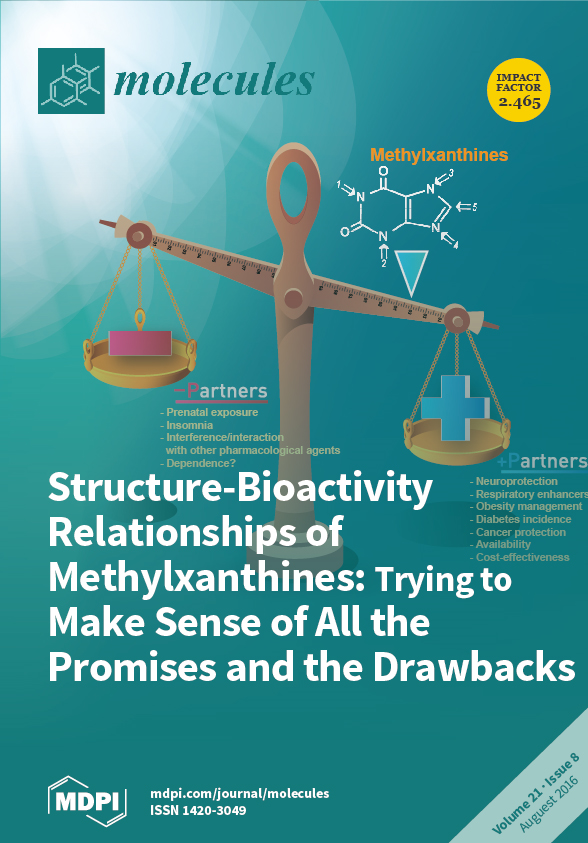In view of the fact that the phosphorus atom in its low co-ordination state (coordination numbers 1 and 2) has been termed as the carbon copy, there have been attempts to investigate, theoretically as well as experimentally, the effect of the exchange(s) of
[...] Read more.
In view of the fact that the phosphorus atom in its low co-ordination state (coordination numbers 1 and 2) has been termed as the carbon copy, there have been attempts to investigate, theoretically as well as experimentally, the effect of the exchange(s) of CH- moiety with phosphorus atom(s) (CH/P) on the structural and other aspects of the classical carbocyclic and heterocyclic systems. Tropylium ion is a well-known non-benzenoid aromatic system and has been studied extensively for its aromatic character. We have now investigated the effect of mono- and poly-CH/P exchange(s) on the aromaticity of the tropylium ion. For this purpose, the parameters based on the geometry and magnetic properties, namely bond equalization, aromatic stabilization energies (ASE), Nucleus-Independent Chemical Shift (NICS) values, (NICS(0), NICS(1), NICS(1)
zz), proton nucleus magnetic resonance (
1H-NMR) chemical shifts, magnetic susceptibility exaltation and magnetic anisotropic values of mono-, di-, tri- and tetra-phosphatropylium ions have been determined at the Density Functional Theory (DFT) (B3LYP/6-31+G(d)) level. Geometry optimization reveals bond length equalization. ASEs range from −46.3 kcal/mol to −6.2 kcal/mol in mono- and diphospha-analogues which are planar. However, the ions having three and four phosphorus atoms lose planarity and their ASE values approach the values typical for non-aromatic structures. Of the three NICS values, the NICS(1)
zz is consistently negative showing aromatic character of all the systems studied. It is also supported by the magnetic susceptibility exaltations and magnetic anisotropic values. Furthermore,
1H-NMR chemical shifts also fall in the aromatic region. The conclusion that mono-, di-, tri- and tetra-phosphatropylium ions are aromatic in nature has been further corroborated by determining the energy gap between the Highest Occupied Molecular Orbital (HOMO) and Lowest Unoccupied Molecular Orbital (LUMO) (HOMO − LUMO gap), which falls in the range, ca. 3 × 10
−19–9 × 10
−19 J. The systems having more than four phosphorus atoms are not able to sustain their monocyclic structure.
Full article






